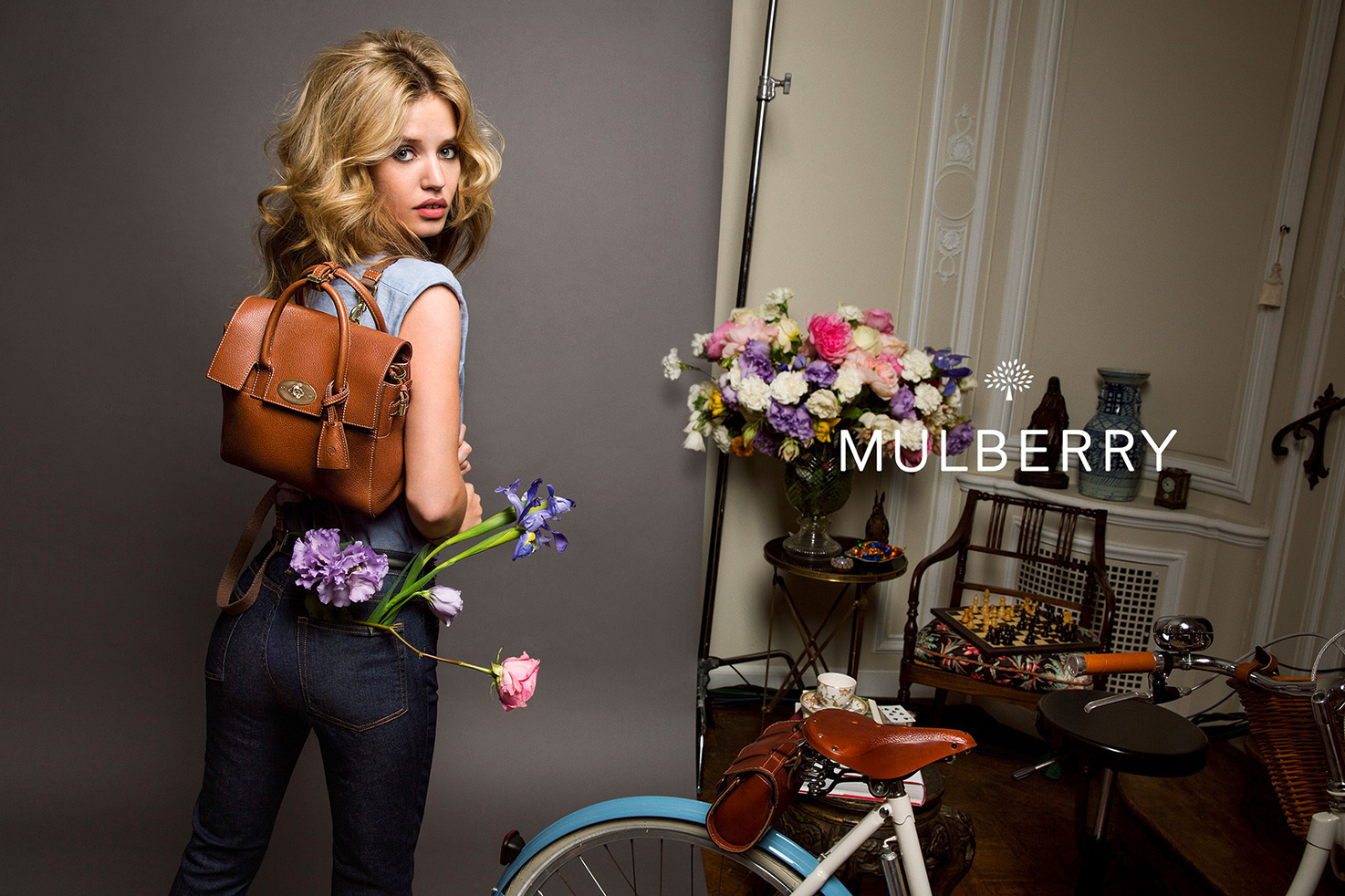Mulberry: The Fall
Having got ‘up close and personal’ with Mulberry’s inner-workings, Financial Director Andy Brown contemplates the highs and lows of the brand’s well-publicised journey in a 4-part instalment.

After an impressive performance period and with financial reporting showing the Mulberry brand was growing from strength to strength, everything looked set for a rosy future. But as unpredictable as life is, the winds of change were about to pass through Mulberry and shake up their stability.
People
Having spent over 25 years on Mulberry’s board and nearly a decade as Chief Executive, it would not come as a big surprise when a change at the helm came. In March 2012, Godfrey Davis handed over to a new leader – Bruno Guillon – who became the new CEO with Davis remaining as Chairman. An exciting hire, Guillon had experience within the luxury goods market from his role as Managing Director for Hermès France.
Unfortunately following the change a number of sources implied that all was not well, reporting conflict in Mulberry management. 15 months later, Emma Hill CBE resigned as Creative Director. In 2013, Mulberry appointed Anne-Marie Verdin as Brand Director and Christophe Cornu, (now CEO of Nestle) as a Non-Executive Director. And so within a short period of time, there was substantial change within operational management and new faces on the board.
Price
At Hermès, Guillon saw the benefit of having a higher price point than that of Mulberry and so had the desire to elevate Mulberry’s product pricing. Ultimately, the hope was to compete more closely with the likes of Hermes, Dior and Chanel who were and are giants in the global luxury fashion market.
In his Chairman’s report, Guillon spoke of “extending the price architecture of the offering at the higher end of the Mulberry range, with the introduction of handbags priced between £1,000 and £1,700.”
With the benefit of hindsight, drastically changing their price strategy in an attempt to elevate Mulberry was not going to be easy to execute. They also risked alienating their existing customer base by shifting their communications to relay the new ‘increased luxury/less affordability’ positioning to connect with a new audience.
Following the peak share price of £24.95 in 2012, the share price was a comparably low £7.02 – a stripping back of 72% of the stock’s value (the FTSE100 rising 18% in the same period) by 2014. The March 2013 accounts reported a fall in total revenue and a reduction in gross margin and less profit before tax and total revenues and profit before tax were down again in the 2014 financial year. It seemed that Guillon’s new pricing strategy had yet to pay off but in line with their plans, 17 new international stores were opened.
Positioning
Mulberry continued to reinforce its identity as being “Made in England”, opening a second factory in June 2013. But with ambitious global expansion plans there were concerns in the UK press that Mulberry may be alienating its UK market, which it had been so financially dependent on.
While Emma Hill CBE was at Mulberry, the brand invested in sponsoring the creative arts, partnering with Tim Walker for his Story Teller exhibition at Somerset House and hosting another pool party ahead of Coachella. But following the news of Hill CBE’s resignation as Creative Director, the company waited 24 months before identifying the right replacement, and during this time Mulberry’s presence at global fashion and art events became weaker.
After a significant period of stability, changes at board level with Godfrey Davis stepping down, Georgia Fendley and Emma Hill CBE leaving to launch their own new brand Hill & Friends and a new price strategy brought in by Bruno Guillon – a seismic shift was yet to yield results.
Luckily, this story isn’t all bad news and Mulberry wasn’t about to say goodbye to its long-standing heritage and adoring fans. While change had set them onto a dangerous path, further change was needed to put them back on track. To find out what happened next, stay tuned for the third instalment of Mulberry’s journey, “the recovery”.
Photo by Mulberry.





